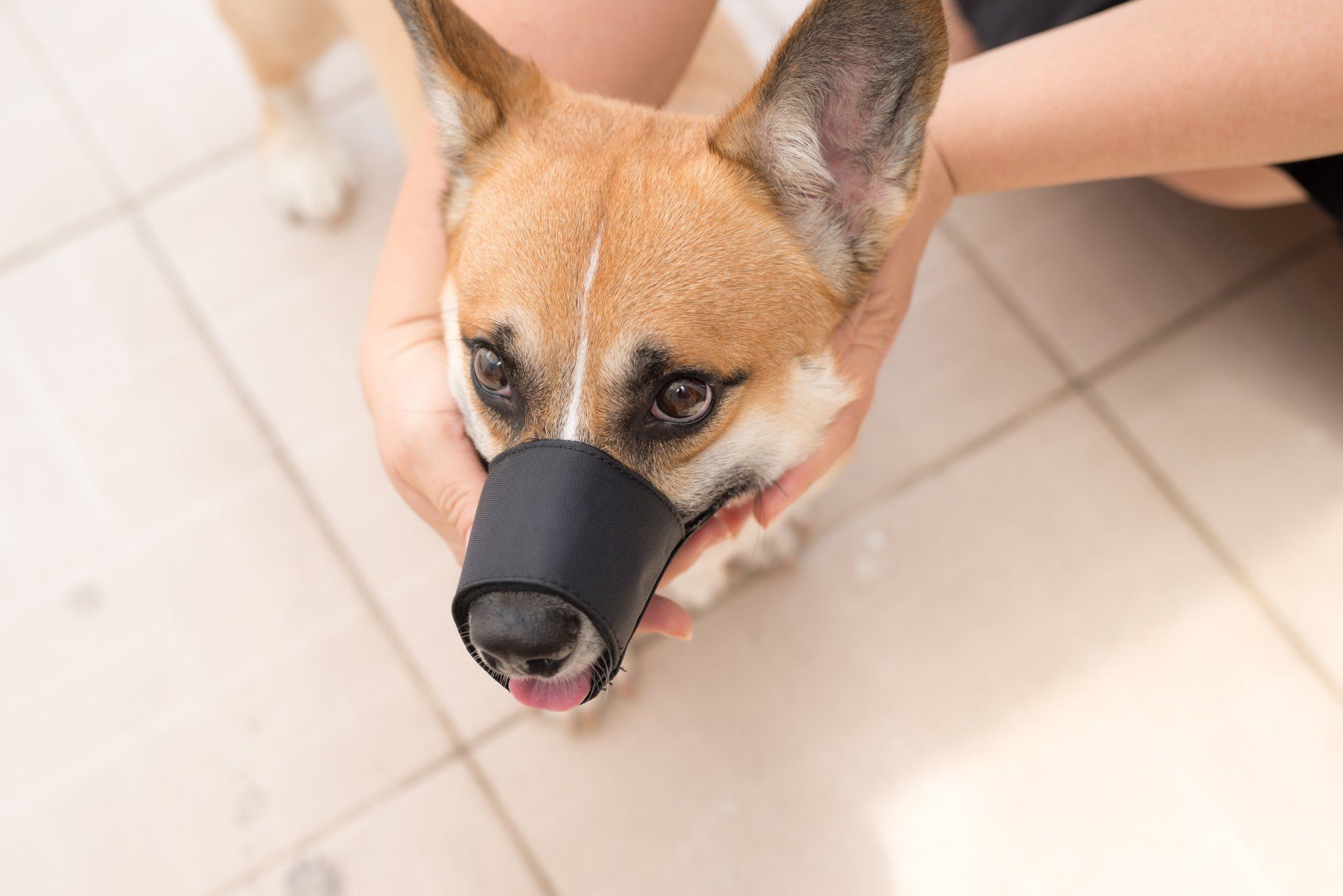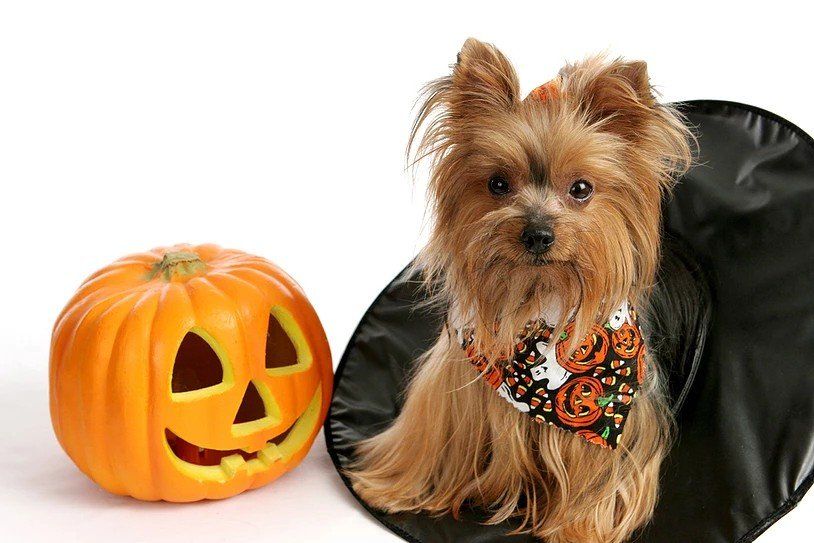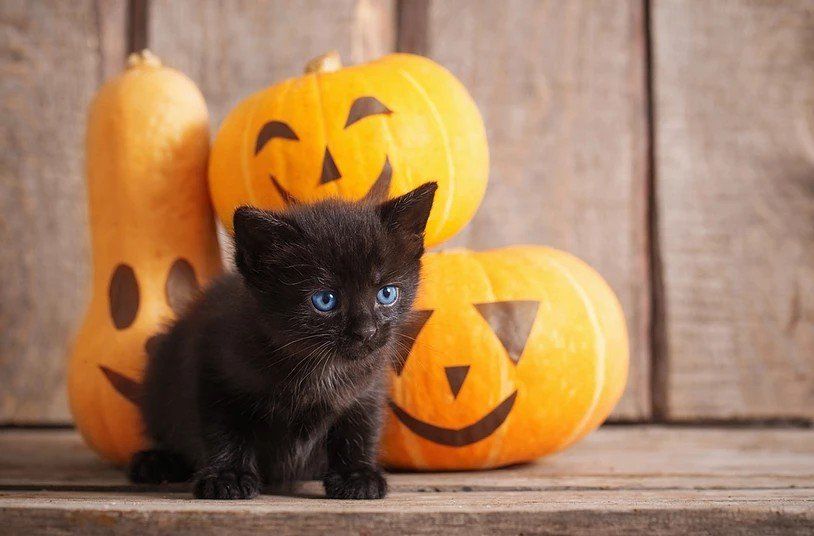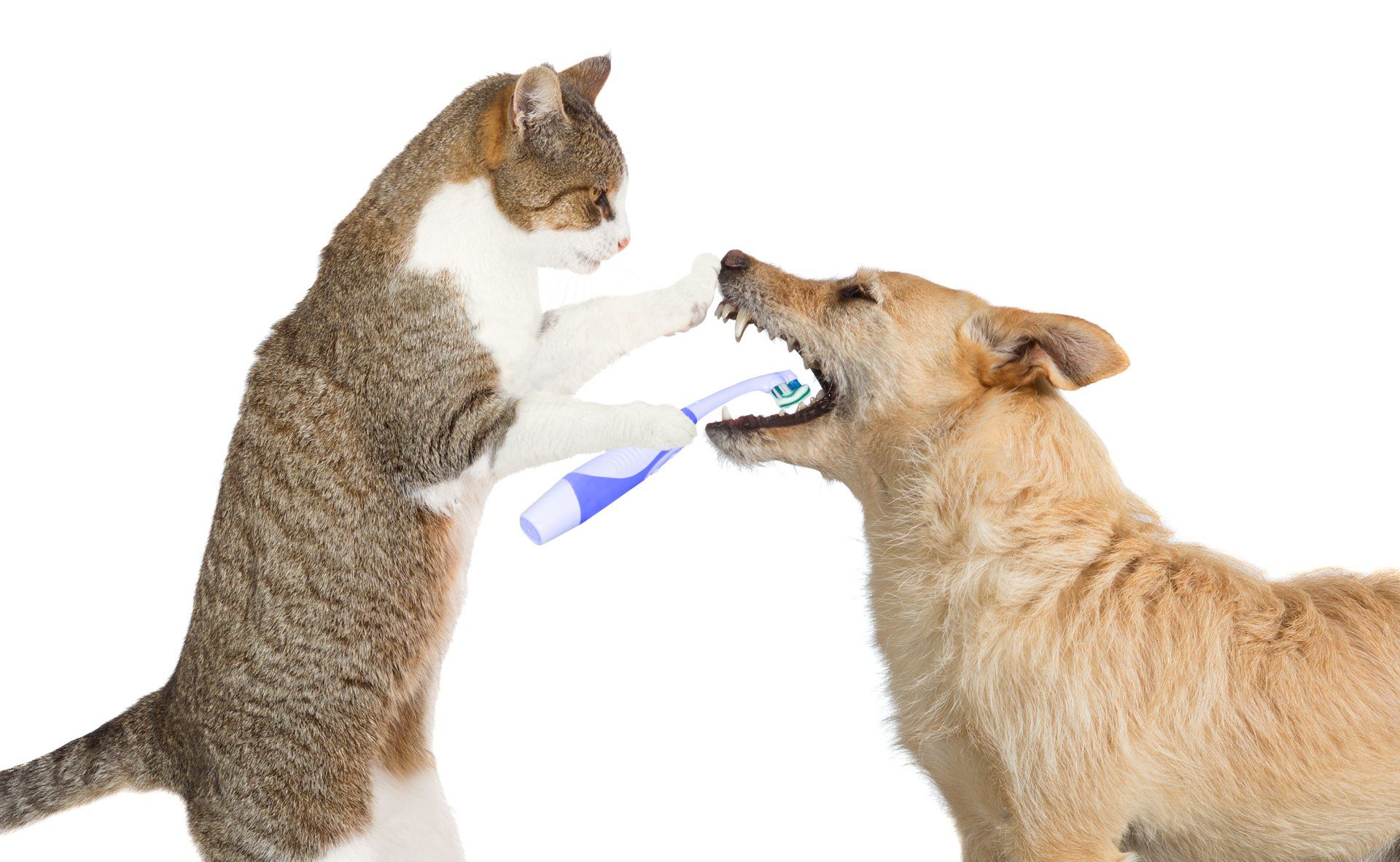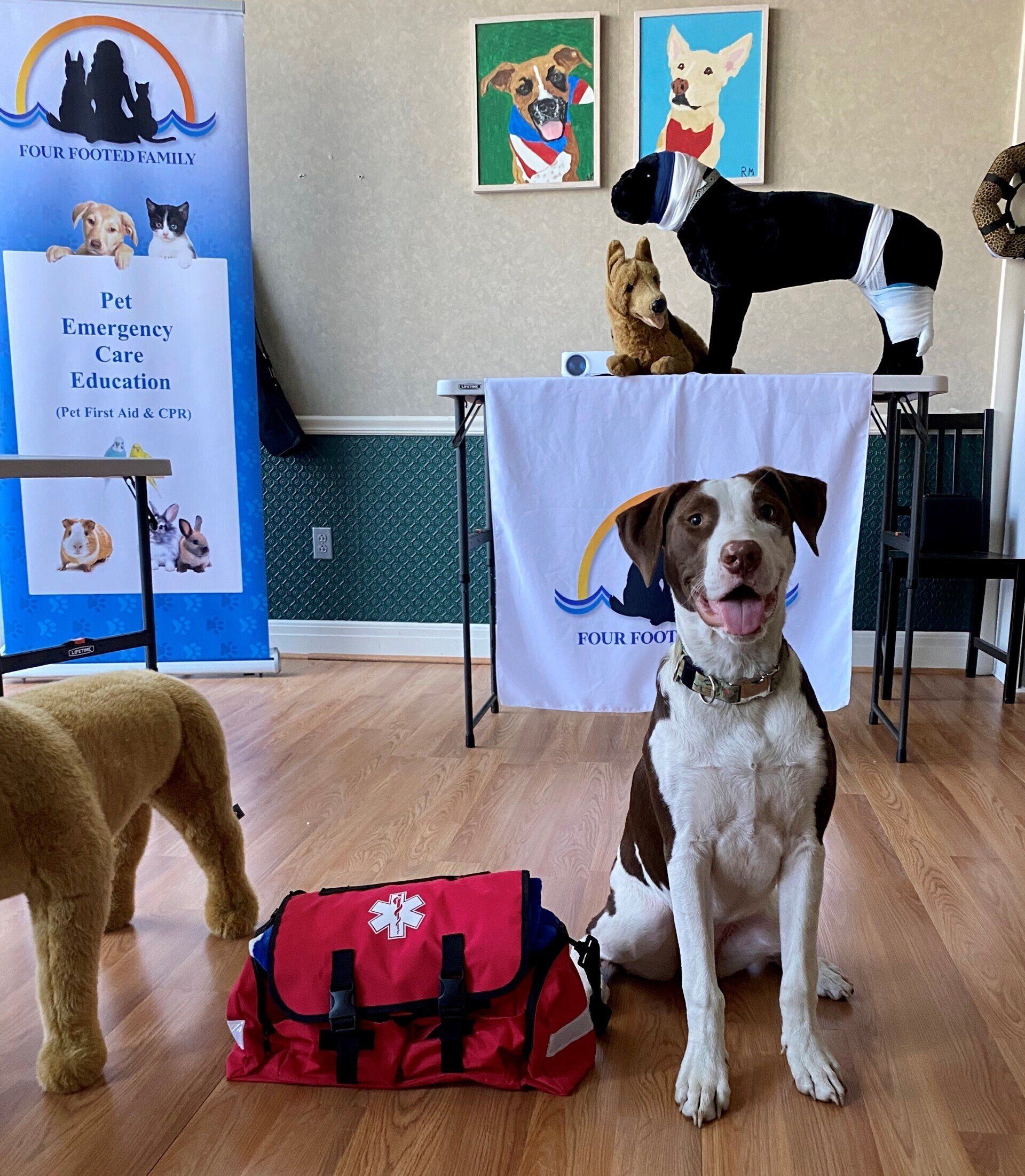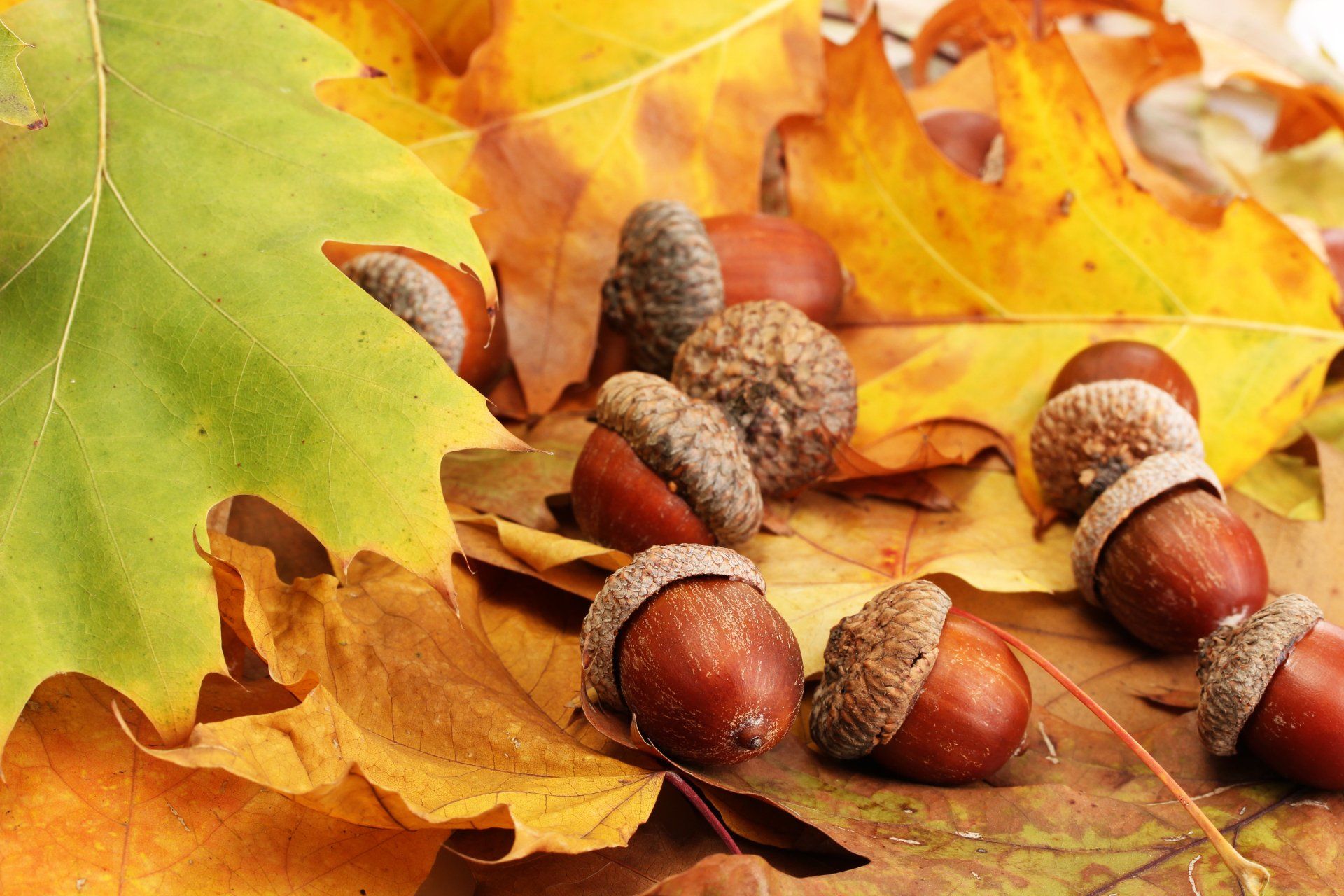Top 3 Halloween Pet Safety Tips
Although fun for humans, Halloween isn’t all fun and games for all animals including your four footed family. According to the National Retail Federation (NRF), 172 million people will be celebrating Halloween, spending $3.2 billion on costumes alone, not to mention candy, decorations and tickets to events! 29 million of them are pet parents who plan to dress up their pets, and have them join in the fun. To ensure a safe time for all practice these Top 3 Halloween Pet Safety Tips, and to join one of our upcoming Pet First Aid Classes at Clark’s Kennel in Northbridge.
As hard as we try to keep our dogs and cats safe, the fact of the matter is that 9 out of 10 family pets will experience a medical emergency within their lifetimes, but by performing even just one simple first aid method before an animal can get to professional veterinary care, it is possible to aid in providing a positive outcome for 25% more pets which is why pet parents, pet families and pet professionals need this training so they are prepared and know what to do when the worst happens.
Pet First Aid Classes provide skills to handle a choking pet, upset tummy, poisoning, seizures, insect stings and hot & cold injuries BEFORE veterinary care is available. Costumes can distort human shapes making people scary, while ghoulish shrieks cause animals to dart from the safety of their homes. Candy can be a choking hazard while chocolate can be fatal to dogs and cats. Look at Halloween from your pet’s perspective to keep it safe.
1) Keeping your furry child safe and sane.
Watch pets, especially when opening the door to Trick or Treaters to avoid escapes. Halloween is 2nd only to the Fourth of July in the number of animals that end up lost or at shelters. Walk dogs BEFORE it gets dark, and make sure pet ID tags are legible and microchip info (if pets are chipped) is up-to-date. If possible, especially if you have a high volume of costumed visitors, station someone near the door so you can see approaching visitors to avoid continual doorbell ringing or constant door knocking which can be very upsetting for some pets. If possible, letting your fur baby nap in a back bedroom with a radio or television on as background noise during peak Trick or Treat hours may be the PURRfect plan.
2) To Dress-up or Not to Dress-up, that is the question?
The short answer is Not. Unless your pet is comfortable in a costume, a festive bandana and/or festive collar could be the best festive choice. If your dog or cat however, doesn’t mind a disguise, make sure nothing obstructs their vision, that elastic doesn’t cut off circulation and that no pieces (i.e. sequins, buttons, string) can be chewed off and swallowed. Make sure clothing won’t overheat them and that they are never left unattended in a costume. If your pet is not accustomed to wearing anything other than a collar, ease your pet into wearing the costume for short periods of time over a couple of weeks before the actual important day,
3) Deadly Treats & Decorations
Candy wrappers can block the intestines; raisins can result in kidney failure, while chocolate can be fatal. Candles inside jack o’ lanterns can burn paws and snouts, and even start fires if overturned. Spray string and fake spider webs can be toxic, so keep food and decorating dangers out of paws reach!
We hope to see you at one of our upcoming holiday season and to learn more about our upcoming class offerings on November 23, 30th, December 7 and 14th
